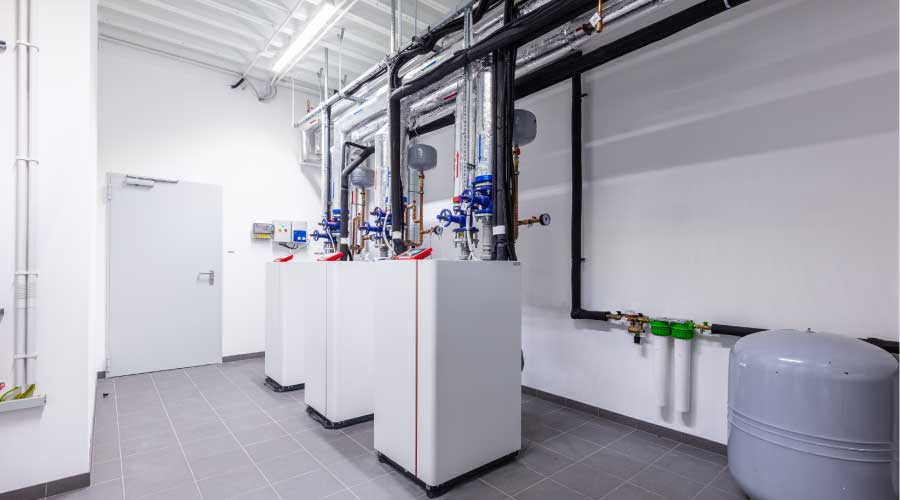How to Recycle Ozone-Depleting Refrigerants
The key to compliance involves understanding the basis of the regulations, which is to limit the discharge of refrigerants to the atmosphere.
One of the most important requirements is the recycling of ozone-depleting refrigerants. Before the enactment of the EPA regulations, it was common practice to simply vent refrigerants from systems to the atmosphere during service or replacement.
Today, technicians must use certified recovery and recycling equipment to remove the refrigerant charge from a system, rather than simply venting it. Organizations also must implement procedures for the safe disposal of any refrigerant or refrigerant oil technicians remove from equipment.
Any technician working with refrigerants must receive proper training and certification, but basic training is not enough. All personnel working with refrigerants must undergo periodic retraining. Non-certified technicians cannot even purchase refrigerants.
Equipment with refrigerant charges of more than 50 pounds must comply with even more stringent requirements. Any time technicians service equipment, they must develop a log identifying the technician performing the tasks, the type of service performed, and, if refrigerant is required, the quantity added.
Each time technicians add refrigerant, they must calculate the refrigerant leak rate for the equipment. If that rate is greater than the limits set by the regulations for that size and type of equipment, the technician must schedule repairs to the unit and complete them within 30 days.
The compliance component that has proven to be most difficult for many managers to comply with involves mandatory recordkeeping. Recordkeeping starts with collecting necessary permits and includes obtaining and maintaining certificates of required training for all personnel working with refrigerants.
Managers must maintain all certificates of compliance for recovery and recycling equipment. They also must develop an inventory of all equipment using refrigerants, including the type and the quantity of refrigerant used.
Fortunately, managers can turn to a number of software packages developed specifically to help them meet recordkeeping requirements. These software programs provide a centralized database used by the refrigerant-management program.
Related Topics:















